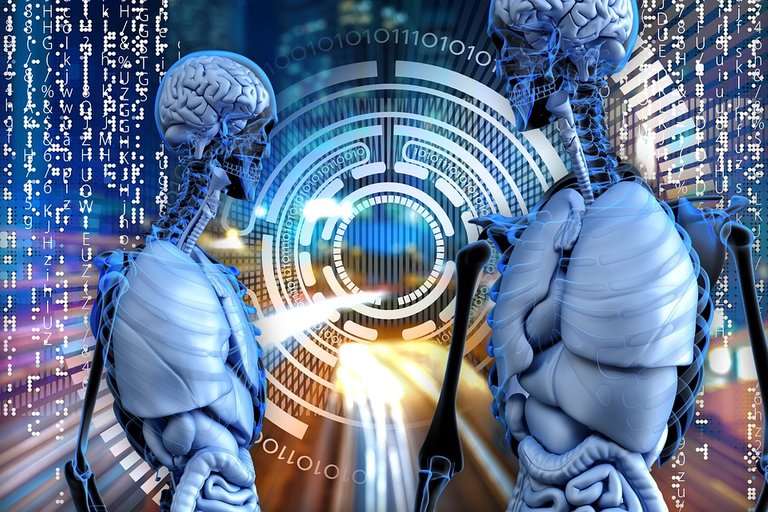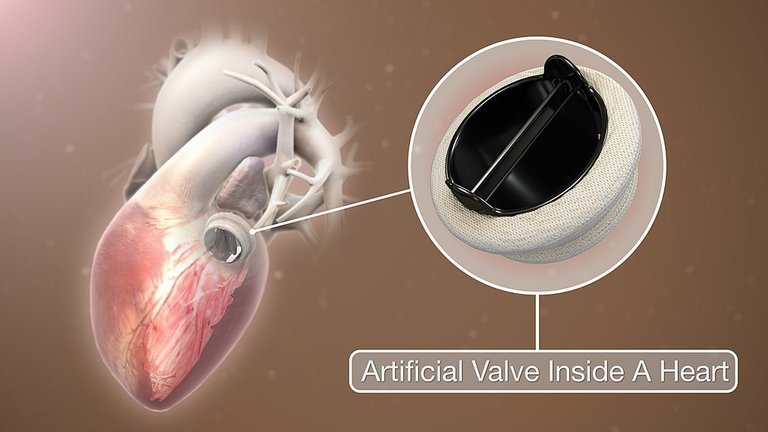Medical Revolution: Artificial organs
Since as far back as humankind has existed, there has always been a form of medicine, whether natural, artificial, or even spiritual. It has always been one of the most important services offered. As humanity evolved and things gradually changed, medicine advanced along with the rest of the world. Now, in the world we live in today, medicine is so advanced that it has its branch of technology named after it.
The development of full-body scans such as MRI and CT scans was and is still a great help to physicians. Medical technology has changed lives and achieved the impossible as the years progressed. From curing cancer to separating conjoined twins and now to replacing faulty organs with artificial ones.
What is an artificial organ?

The term artificial usually refers to something unnatural or manmade. An organ is a group of tissues that work together to perform a shared function. Now, organs play a very important role in the human body. What artificial organs do is imitate what a healthy, natural organ does while helping a patient live a completely normal life.
Organs that have been artificially made and implanted successfully include the pancreas, kidney, liver, and even- a heart. Artificial organs are usually implanted into tissues but sometimes can be extracorporeal. This term refers to an organ that works from outside of a patient’s body. As it is quite difficult to obtain a donated organ for a transplant, artificial organs are bound to become a real hit.
Types of artificial organs
Artificial organs are of four main types.
Bone and joint organs: Organs classed underbone and joint are mostly used for replacements. Examples include hip, knee, and even finger replacement. Just imagine, you can have a perfectly functional finger that’s from “another mother”
Soft tissue: To be honest, I haven’t quite come to terms with the fact that you can get muscle replaced. With soft tissue transplants, you can replace a part of your skin or even an entire breast. This will be great for women recovering from breast cancer.
Internal organs: this is by far the most useful type of artificial organs. This is probably because internal organ failure is usually fatal. Internal organs include organs such as kidneys, lungs, and heart.
Sensory organs: these include organs that are important to the nervous system such as your eyes ears and nose.
What are they made of?
As artificial organs are quite complex, they are made of a wide range of materials. Some technologies make use of three-dimensional printing techniques which assemble other materials along with the patient’s cells to produce a personalized organ in cases of organ replacement. This cancels out the risk of tissue rejection making artificial organs even more reliable than organ transplants.
Other methods include multi-nozzle deposition. This involves the use of a scaffold made of biomaterials. This scaffold usually has a three-dimensional structure And is used for housing the cells that’ll make up the artificial organ. Scaffolds also have certain properties that enable them to allow cell regeneration once the organ has been implanted.
It is common for artificial organs to contain polyvinyl chloride which is used as one of the building blocks when developing artificial organs. An example of an artificial organ is the artificial heart also known as a pacemaker. Pacemakers are either used as a temporary replacement for hearts with faulty pacemakers. Most times, they are used permanently.
How artificial organs are implanted
In the more common cases where artificial organs are surgically implanted into a patient’s body, the procedure must be performed by a well-trained physician. In the case of a limb transplant using a prosthetic, the physician places electrodes in the patient's knee. These electrodes provide a connection between the limb and the prosthetic so that the prosthetic can be controlled by the patient's brain.
Why artificial organs are so important
In the developed world, where organ transplants are a common treatment, it is common to find extremely long waiting lists of people in need of a particular organ. This is due to a shortage in the number of organ donors available. In several cases, patients have died while waiting for a transplant.
However, with artificial organs, patients will no longer have to wait for indefinite amounts of time before getting a transplant. Although it takes quite some time for organs to be produced, the time is much shorter than waiting for a donated organ.

It is likely that as research progresses, new methods of organ production that take less time and resources are discovered. This will make artificial organs much easier to access and will end up saving several lives. Artificial organs also cancel out the risk of tissue rejection as they are built with the patient's stem cells. This is a big help as tissue rejection can be a real setback during transplants.
Why are they so scarce?
If I haven’t mentioned it previously, it is useful to know that artificial organs are not very accessible. This is due to the difficulty and cost implications of the procedures required to manufacture the organ. Most of the procedures require a lot of time and money. It is also quite difficult to get the stem cells that were used in making up the organ to function appropriately. It might take some time before artificial organs are easily accessible as research ideas are only just coming up into the limelight.
Conclusion
Artificial organs are a new development but are likely to take over the medical market if we play our cards right. With the use of these organs, people who already suffer from certain diseases will have a better quality of life if they can get a transplant.
Life expectancy will likely increase and even the most fatal diseases can be cured. If artificial organs are perfected, they will change the face of medicine now and for many years to come.
Hello @aamin the theme you bring is immersed in so many fields that work tirelessly to obtain and materialize artificial organs. We are in a demanding era that transdisciplinary goals are being achieved. Progress in this area will follow to provide, as you say, “quality of life. ” Thank you for betting on these themes.
Thanks for your contribution to the STEMsocial community. Feel free to join us on discord to get to know the rest of us!
Please consider supporting our funding proposal, approving our witness (@stem.witness) or delegating to the @stemsocial account (for some ROI).
Please consider using the STEMsocial app app and including @stemsocial as a beneficiary to get a stronger support.
Congratulations @aamin! You have completed the following achievement on the Hive blockchain and have been rewarded with new badge(s) :
Your next target is to reach 20000 upvotes.
You can view your badges on your board and compare yourself to others in the Ranking
If you no longer want to receive notifications, reply to this comment with the word
STOPSupport the HiveBuzz project. Vote for our proposal!